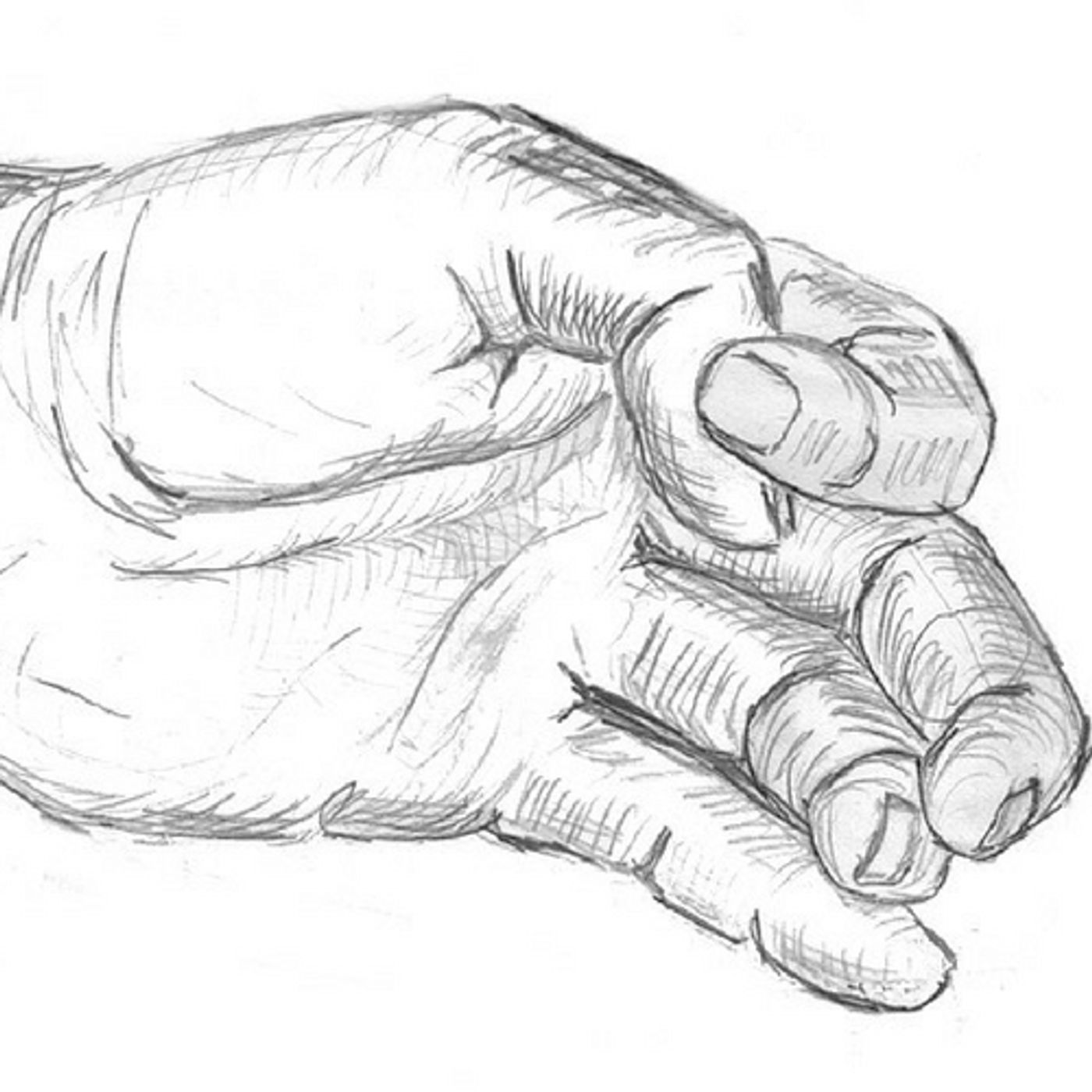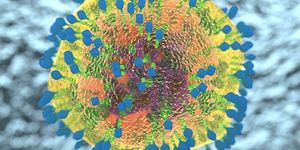Paralyzed Patients Regain Function After Spinal Stimulation
Once a person has suffered a spinal cord injury, there isn't much to be done except to learn how to live with paralysis and loss of function. That could change, thanks to the work of a team of scientists at UCLA. A study involving spinal stimulation has resulted in patients, some of them completely paralyzed, to regain the movement of their hands and fingers.
The study involved electrical stimulation of the spinal cord via electrodes placed on the skin to stimulate the circuitry of the spinal cord. The team at UCLA developed the technology, and they call it "transcutaneous enabling motor control," or tEmc. The electrical current is applied at varying frequencies along the spinal cord, depending on where the injury occurred.
When the study began, three of the participants had no ability to move their fingers. None of the volunteers could turn a door handle or open a water bottle by twisting off the cap. Using a cell phone was difficult if not impossible for all of the patients. While there were only six participants in the study, all of them had severe spinal cord injuries. Each volunteer had two training sessions per week with the researchers, where the stimulation was applied, and there were exercises to train the muscles of the hand and fingers to work again. The study last four weeks. Eight sessions might not sound like a lot, but all six of the patients reported significant improvement. One of them, Cecilia Villarruel, who was paralyzed after a car accident 13 years ago stated, "About midway through the sessions, I could open my bedroom door with my left hand for the first time since my injury and could open new water bottles, when previously someone else had to do this for me. Most people with a spinal cord injury say they just want to go to the bathroom like a normal person again. Small accomplishments like opening jars, bottles and doors enable a level of independence and self-reliance that is quite satisfying, and have a profound effect on people's lives." The patients also showed improvements in their general health as well, including blood pressure, bladder function and cardiovascular fitness.
Sixty days after the study ended, two of the participants returned to the lab at UCLA and had retained the gains they made. The other participants were not able to return to the lab for various reasons. Reggie Edgerton, senior author of the research and a UCLA distinguished professor of integrative biology and physiology, neurobiology and neurosurgery explained,
"After just eight sessions, they could do things they haven't been able to do for years. Nearly everyone thought the only people who would benefit from treatment were those who had been injured for less than a year; that was the dogma. Now we know the dogma is dead. All of our subjects have been paralyzed for more than a year. We know that in a high percentage of subjects who are severely injured, we can improve their quality of life." Dr. Edgerton is also affiliated with the University of Technology Sydney's Centre for Neuroscience and Regenerative Medicine in Australia. Edgerton reported that the study results show the most significant recovery of the use of hands and fingers of any other research.
In the United States, there are an estimated 1.2 million patients living with varying degrees of paralysis from spinal cord injuries. Regaining the use of hands and fingers might not seem like a real victory, but every bit of independence matters to patients who have to depend on others for the smallest tasks. Take a look at the video below to learn more about this groundbreaking study.
Sources: UCLA, Forbes Journal Neurotrauma









